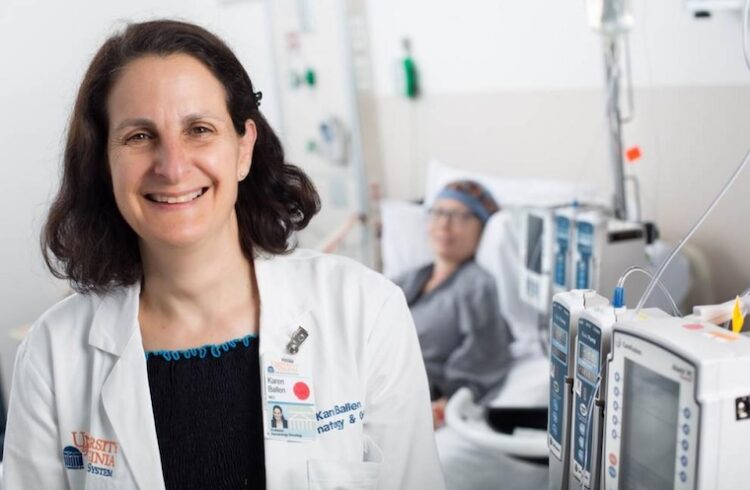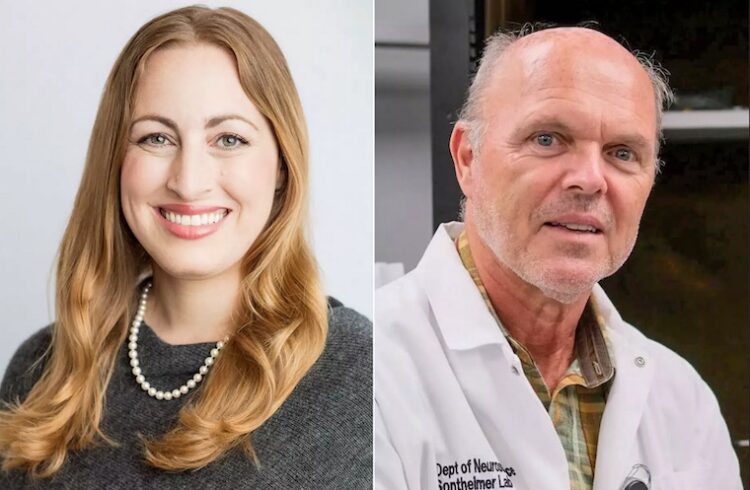
A scientist in the Department of Biomedical Engineering at the University of Virginia Health System has deciphered the metabolic properties of two dangerous pathogens-discovering how they thrive and which genes, when knocked out, cause them to weaken. Jason Papin, Ph.D., principle investigator in the Computational Systems Laboratory at UVA, used network analysis methods to probe Leishmania major and Pseudomonas aeruginosa .
Leishmania major causes Leishmaniasis, a disease that comes from the bite of sand flies. Currently, this disease affects US soldiers fighting in Iraq. Pseudomonas aeruginosa is an opportunistic pathogen that mainly affects immunocompromised patients and is responsible for about 10 percent of hospital acquired infections. Pseudomonas is a major problem due to its innate resistance to nearly all available antibiotics.
“By discovering the metabolic properties of these pathogens we can figure out how they grow and live,” said Papin. “Once broken down, a variety of gene sequences can be deleted in silico to see if it will halt the progress of the pathogen. This could lead to new drugs or vaccines for the treatment and prevention of their effects.”
Papin is excited about the effectiveness of the network analysis methodologies he uses to probe these pathogens. He recently used some computer-based methods to predict the essentiality of metabolic genes in Pseudomonas , a study that would have taken years in a traditional laboratory. In just a few minutes, Papin can run all possible gene combinations from the metabolism of a pathogen using a computer. Out of thousands of possibilities, the computer finds the most probable combinations necessary to sustain the life of the pathogen. These discoveries can lead to new and better therapies that target the life-sustaining forces of these two pathogens.
“Systems analysis has become a requirement for making sense of high-throughput data and for characterizing properties of biological networks. In order to extend these recent developments to medical applications, there is a pressing need for reconstructing and analyzing the networks that direct cellular processes,” Papin said.
Papin found that the metabolic network of Leishmania major contains many genes across multiple metabolic processes critical to the general function of the pathogen. For the Pseudomonas aeruginosa pathogen, Papin is currently comparing network-generated data about the metabolic network using existing genome data to gain a better understanding of the genetic and environmental relationships in this versatile pathogen.
“Scientists who work in drug development need to know what to target in order to make better drugs,” Papin said. “Through network analysis, we can get them this information faster than we could just ten years ago.”


